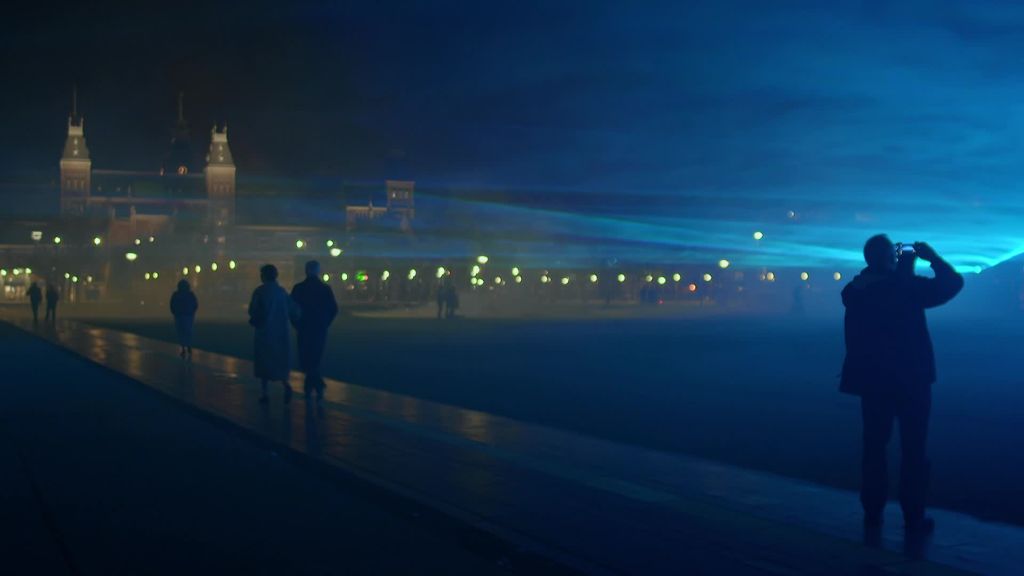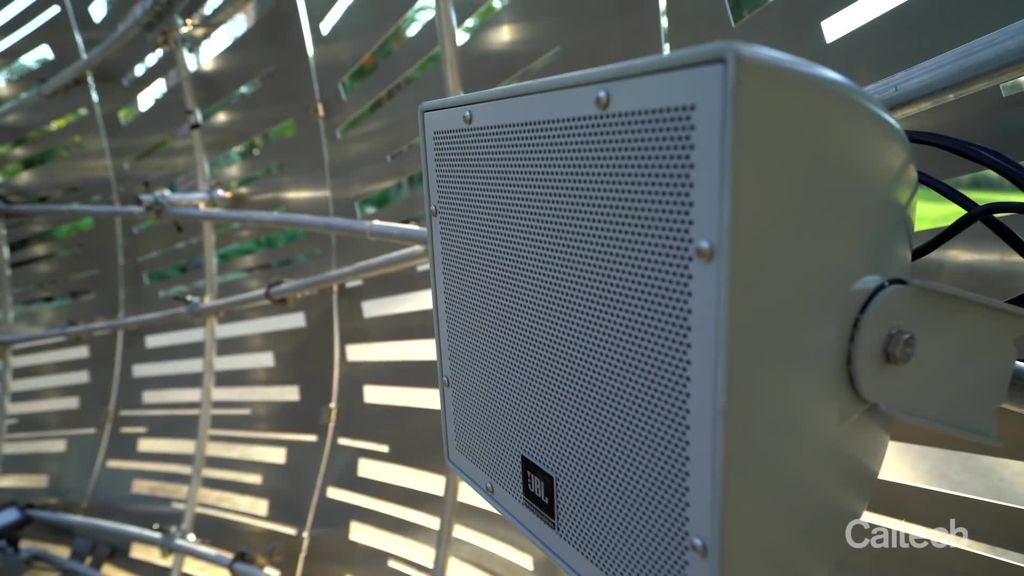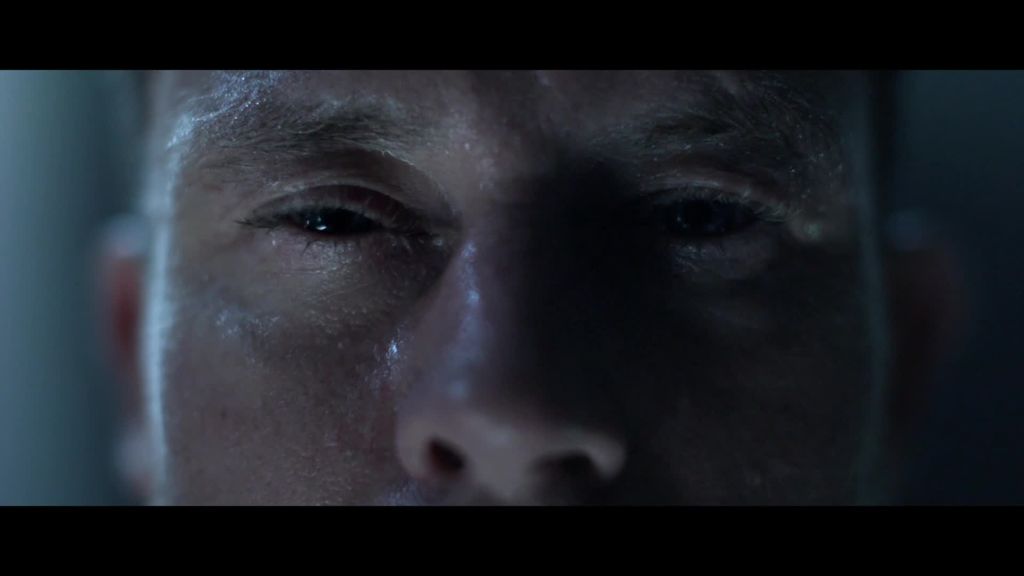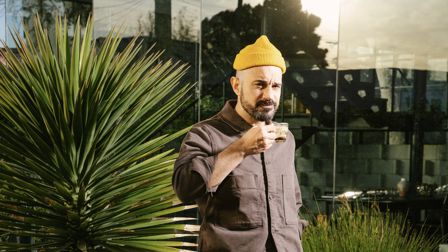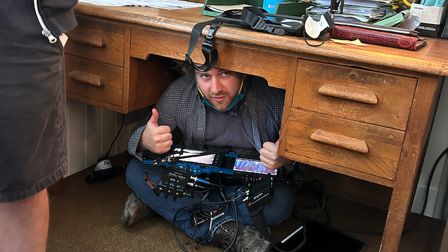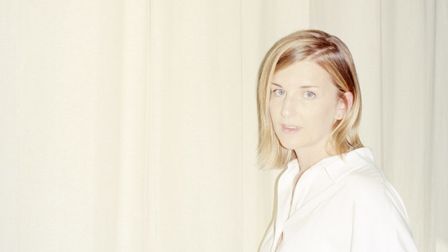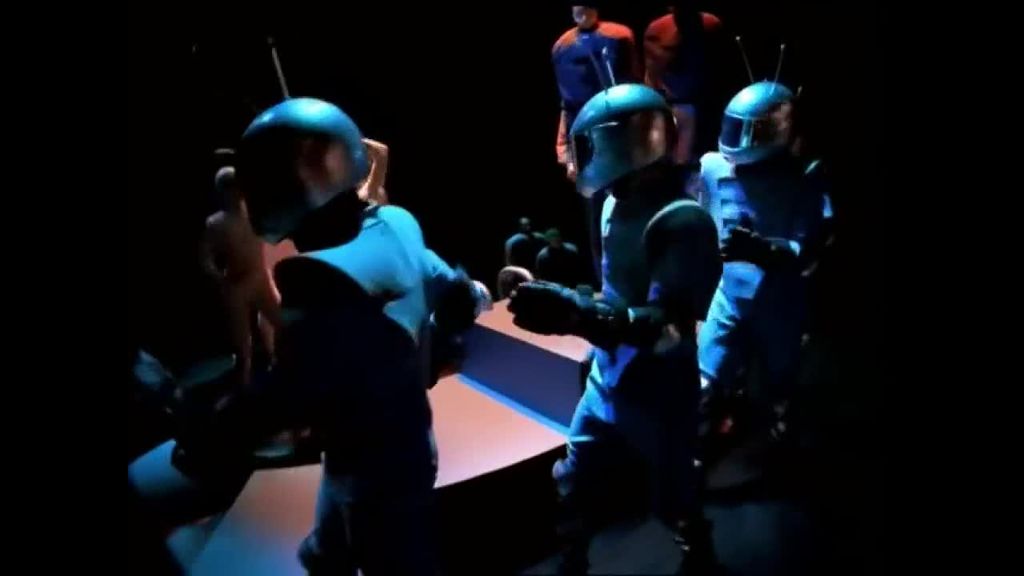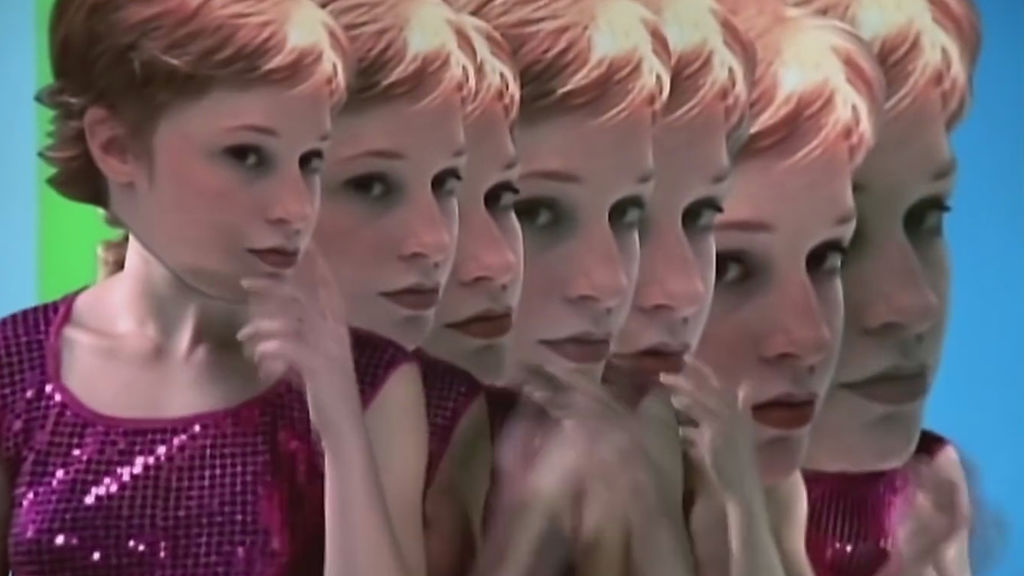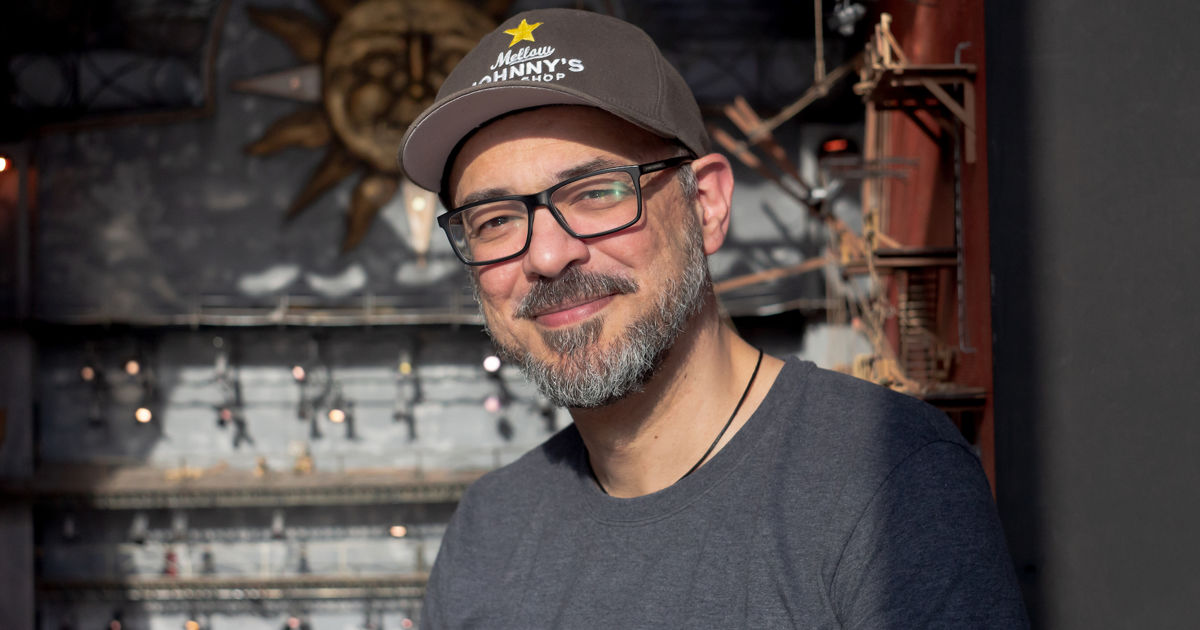)
Peer Review: Luiz Evandro
Vetor Lab multimedia director Luiz Evandro cites some space-based contemporaries as objects of admiration and explains how Michel Gondry mastered transmedia before the term was even coined.
Who are three contemporaries that you admire, and why?
Dan Goods & David Delgado, visual strategists at NASA’s Jet Propulsion Lab in Pasadena. I’ve known them since we were classmates at Art Center College of Design and they’ve been a permanent source of artistic envy for me ever since.
Their job is to take the amazing science that comes from NASA and translate it to inspiring multimedia art, to motivate and inspire NASA’s scientists and the general audience to dream big about what the future holds for us.
Daan Roosegaarde. This amazing multimedia artist from The Netherlands is the founder of Studio Roosegaarde, which develops all sorts of projects that merge technology and art in urban spaces.
Without constant questioning about EVERYTHING, there is no art.
Like all the contemporaries I admire most, Daan fully embraces experimentation and uses his art to draw attention to real issues like sustainability and our role in the world. Without constant questioning about EVERYTHING, there is no art.
Es Devlin. She isn’t a multimedia director per see, but I would gladly loosen this definition a lot to include her, who is the most prominent creator of large-scale performative spaces in the world right now.
Her work fuses art, light, technology and storytelling without ever taking away from the main subject, be it a musical artist, a social cause, or a brand. One just cannot speak about multimedia art in the 21st century without mentioning her.

Above: Museum of Awe Experiment 2.C from Dan Goods & David Delgado.
Please share 3-4 pieces of work that you think best embody excellence in your profession, and explain why?
Waterlicht by Daan Rosegarde; a combination of LEDs and lenses that creates an ever-changing virtual flood, influenced by wind and rain. Multimedia installations like this have a real power to positively influence people’s opinions about sensible issues.
Orbit Pavilion by Dan Goods, David Delgado & StudioKCA. When standing in the middle of Orbit, wherever you hear a sound, if you were to point to the sound, that is the exact location of a satellite flying around the earth. The perfect example of how the combination of art and tech makes incredible feats of science tangible and thrilling for the general audience.
Multimedia installations have a real power to positively influence people’s opinions about sensible issues.
ASICS The Eternal Run by Sean Pruen. To demonstrate how the shoes work, they invited athletes from all over the world to participate in a unique race without a finish line, pitting them against themselves rather than each other.
This is how perfect execution+flawless tech+beautiful craft gets together to create an unforgettable piece.
WATERLICHT
Orbit Pavilion at The Huntington
Asics – The Eternal Run
What do you like most about the work that you do?
Being able to experiment all the time daily. We usually define ourselves professionally as either specialists or generalists. I think there is a third animal: experimentalists. We admire the beauty and the craft of the process like the specialists do, but we want to connect multiple universes as the generalists strive for.
We, as experimentalists, must always get deep into the technology and art style most suited for our projects but also have the opportunity to embrace unpredictability as part of the creative process. What more can I ask for?
What is the process for becoming a Multimedia Director, specifically?
Back when I started, you sort of had to gather skills as you went along in your professional life. As a tech enthusiast/marketing trainee/copywriter/graphic designer/film director I was able to learn enough from practice to eventually become a multimedia director.
Multimedia projects very often are the jobs no one’s sure how to solve, because the tech is so new.
Now, places like NYU, MIT, SVA, RCA, Goldsmiths and other great schools all have specific tracks that focus on the confluence of tech, art and multimedia. Of course, there’s still a lot to be said about learning the ropes on your own if you have the luck to work for great companies such as Moment Factory, Leviathan, TeamLab, Sila Sveta, or The Mill for example.
What is one thing all Multimedia Directors need?
Huge love for risk-taking. Multimedia projects very often are the jobs no one’s sure how to solve, because the tech is so new. So, you have to be comfortable with venturing into the wild jungle AND you have to convince whoever's paying for the project that things will work out in the end, even though it hasn’t been done before.
Otherwise, they wouldn’t have come to you in the first place.
Knives Out
Daft Punk – Around The World
The Chemical Brothers – Let Forever Be
The Chemical Brothers – Star Guitar
Above: A selection of work from one of "the greatest remixers of this world", Michel Gondry.
Who was the greatest Multimedia Director of all time? Why?
Michel Gondry. He is one of the artists the inspired me the most to embrace multimedia as a whole, instead of choosing one specialty to work on, like film for example. He’s a true experimental artist and embodied transmedia before the term was even coined.
[Gondry] embodied transmedia before the term was even coined.
His ability to create awe, combining everyday images and objects with art & technology, puts him up there among Hendrix, Rauschenberg, and Duchamp as the greatest “remixers” of this world.
Did you have a mentor? Who was it?
No. I guess having more of a multidisciplinary self-taught background also means that despite having a few important influences in my career, no one gets to be strong enough to be considered a true mentor.
Who are the next Multimedia Directors to watch out for?
They’re much more established than upcoming, but I would mention the work of Ouchhh Studio, which is a collective that works with AI producing data paintings & sculptures, Anrick Bregman, a cross-disciplinary director who explores immersive storytelling and the great creative work that Sean Pruen does at Unit9, for all kinds of brands.
)




 + membership
+ membership

